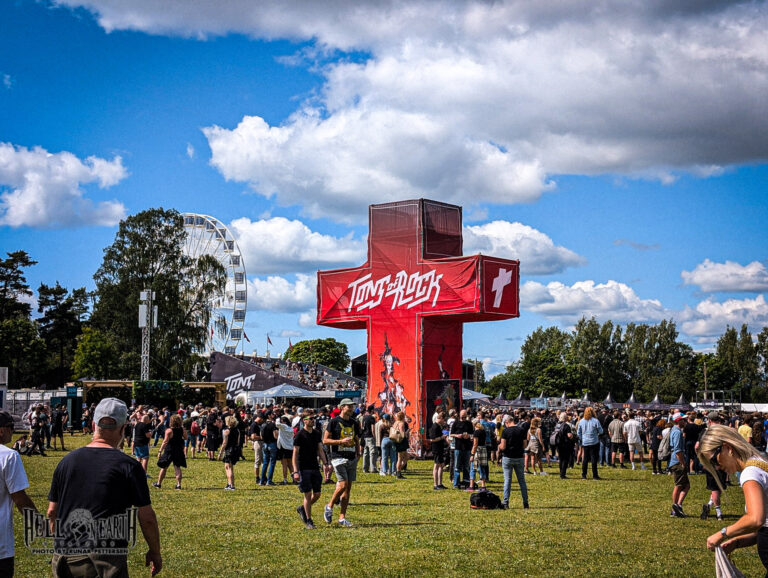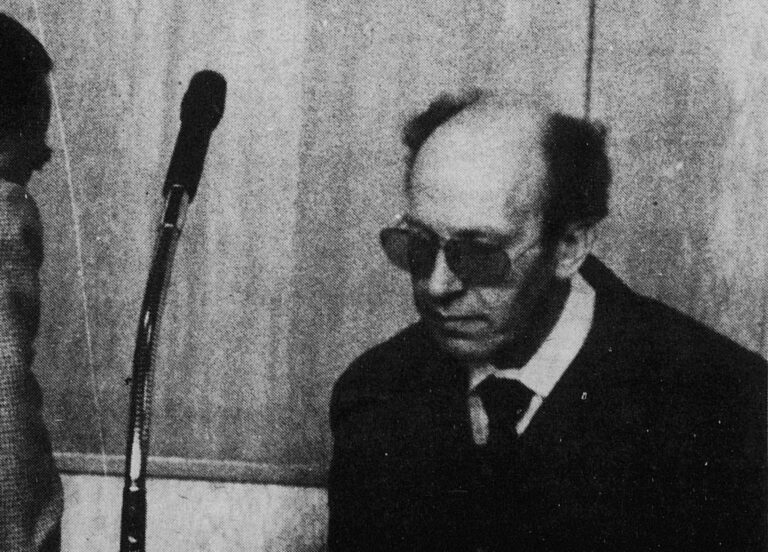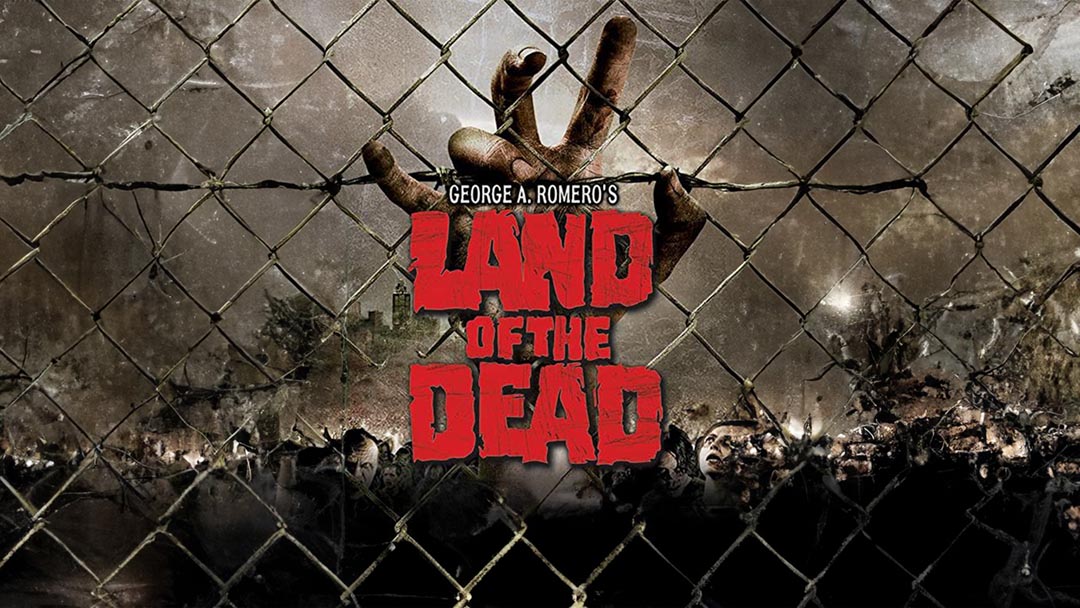
Zombies have taken over most of the world, but small human communities have managed to survive in fortified enclaves. Kaufman (Dennis Hopper) has built his own private city, Fiddler’s Green, where only a select few live under his rule. Many dream of moving there, but those without money are forced to live underground. Meanwhile, as the zombies continue to evolve, unrest grows in Fiddler’s Green, where the poor demand a new society built on unity and resistance against the undead.
After twenty years, George A. Romero’s legendary zombie trilogy finally became a quadrilogy, a long-awaited moment for fans eager to see the director remain true to his legacy.
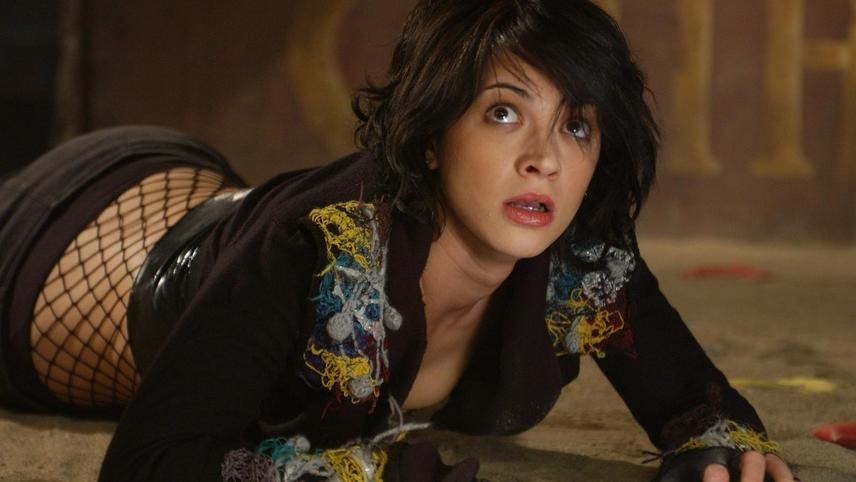
One of the film’s greatest strengths is how Romero continues to expand his zombie universe. While the movies don’t share direct character connections, they chronologically follow the zombie outbreak and its consequences. Day of the Dead introduced the idea that zombies could learn, and Land of the Dead builds on this concept. The setting also evolves—from a small farmhouse to a shopping mall, then an underground military base, and now an entire city under siege. Yet, as always in Romero’s films, the real horror lies not in the zombies but in human nature. The biggest challenge is not surviving the undead but coexisting with each other. The film’s protagonist, Riley (Simon Baker), doesn’t dream of fighting—he simply wants to escape to a remote place far from humanity. There’s even a subtle critique of the Bush administration.
Nobody makes zombie films like Romero. He understands that while a strong, immersive story is crucial, a true zombie film also demands an atmosphere of decay and grotesque horror. Land of the Dead delivers just that—rotting, maggot-infested corpses feasting on flesh and intestines, with practical effects taking center stage. There was concern when it was revealed that Romero would use CGI, but thankfully, he knew better than to rely on digital effects for gore. Instead, CGI is mainly used for explosions, which, while not particularly well-executed, are minimal enough to overlook.
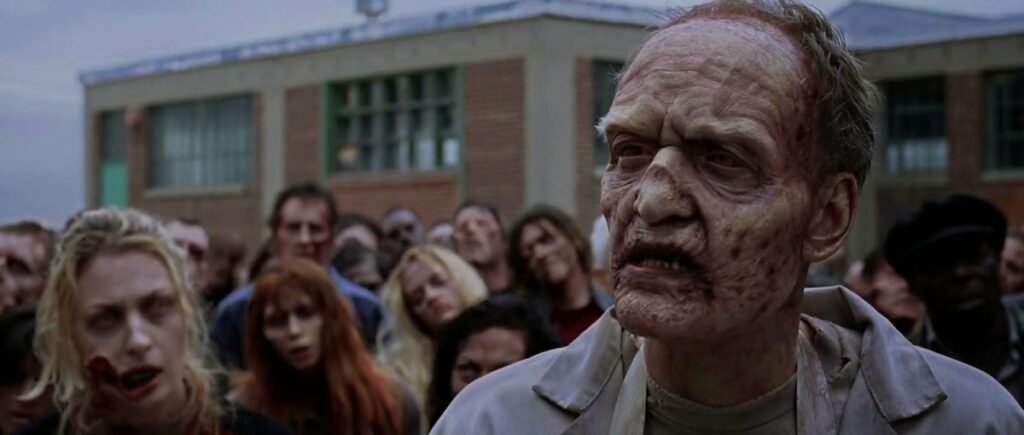
Predictably, tabloid critics will dismiss this film, just as they did with Night of the Living Dead in 1968. Yet, 52 years later, that film stands as one of the greatest cult classics of all time. Romero’s work continues to inspire new filmmakers and generations of horror fans, regardless of dismissive critiques. No matter what mainstream audiences or the press might say, Land of the Dead is one of the year’s strongest horror films, securing its place among legendary cult classics that will be cherished for decades to come.
When reviewing a sequel, comparisons to its predecessors are inevitable. While Land of the Dead holds its own in today’s market and delivers a gripping experience, it doesn’t quite reach the heights of Romero’s earlier masterpieces. The claustrophobic tension that defined the original trilogy is replaced with a more action-driven approach, sacrificing some of the unsettling atmosphere. However, despite this shift in tone, Land of the Dead remains an excellent addition to Romero’s zombie saga—even if it bows slightly to its legendary predecessors.



